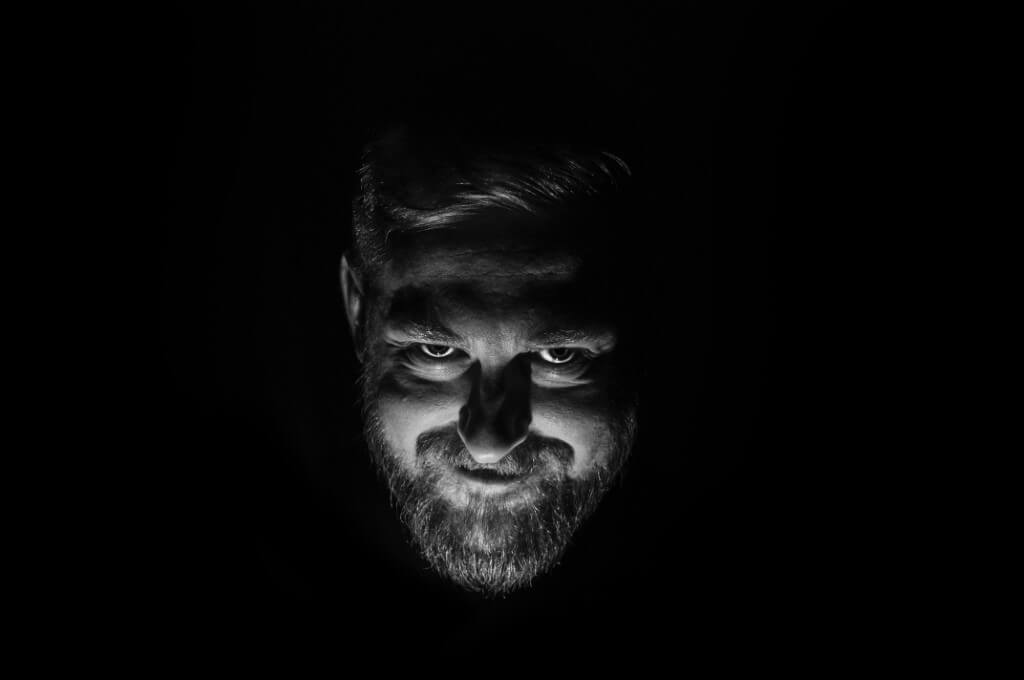The Longest Prison Sentences Ever

The legal landscape of criminal sentencing is both complex and varied. While mandatory minimum sentences have been a topic of intense debate, it’s important to recognize the discretion that judges and juries often hold in determining the fate of individuals convicted of crimes. This article will provide a comprehensive look at some of the most extreme sentences in legal history, exploring not only the details of these cases but also the broader legal and societal implications.
In 1989, a Thai court handed down the longest prison sentence in history: 141,078 years. This sentence was given to Chamoy Thipyaso and her seven accomplices for orchestrating a Ponzi scheme that defrauded over 16,000 people. This case is not just a record-holder but also a fascinating study in the legal treatment of financial crimes.
To appreciate the severity of Thipyaso’s crime, one must understand what a Ponzi scheme entails. These schemes, named after Charles Ponzi, involve paying returns to earlier investors using the capital from newer investors, creating a false appearance of profitability. Eventually, these schemes collapse when there is no more capital to recruit.
The United States’ Approach to Corporate Fraud
In the U.S., the longest sentence for corporate fraud was given to Sholam Weiss in 2000. He received a sentence of 845 years for his role in the collapse of National Heritage Life Insurance. This case is significant for its demonstration of the U.S. legal system’s approach to white-collar crime.
Bernie Madoff’s 2009 conviction led to a 150-year sentence for orchestrating a multi-billion dollar Ponzi scheme. Madoff’s case became synonymous with financial fraud, highlighting the devastating impact these crimes can have on investors and the economy.
Terrorism and its Legal Repercussions
The 2004 Madrid train bombings resulted in extreme sentences for Jamal Zougam (42,924 years) and Emilio Suárez Trashorras (49,922 years). These sentences, though largely symbolic due to legal limitations on prison time in Spain, underscore the gravity with which terrorism is viewed globally.
In 1994, Charles Schott Robinson received a 30,000-year sentence for multiple counts of rape in Oklahoma. This sentence reflects the American legal system’s often severe approach to violent sexual offenses.
Darron B. Anderson and Allan W. McLaurin’s cases in Oklahoma, involving kidnapping, robbery, and rape, resulted in sentences in the thousands of years. These cases highlight not only the severity of the crimes but also the impact of appeals and retrials in the U.S. legal system.
Murder and Its Consequences
Alabama’s 1981 sentencing of Dudley Wayne Kyzer to 10,000 years for triple murder, along with life sentences, is notable. Despite the sentence’s length, his repeated parole considerations illustrate the complexities of life imprisonment and parole systems.
In Australia, the longest sentence was imposed on Martin Bryant for the 1996 Port Arthur massacre. His sentence included 1,035 years without parole plus 35 life sentences, one for each life taken. This case represents Australia’s stern response to mass violence.
Ariel Castro’s 2013 sentence of life plus 1,000 years for kidnapping, rape, and murder in Cleveland was cut short by his suicide in prison. This case raises questions about mental health, incarceration, and the purpose of super-long sentences.
In 2015, James Holmes received 12 life sentences plus 3,318 years for the Aurora theater shooting. This case is a stark example of how the U.S. judicial system handles mass shootings, balancing the need for justice with the realities of life imprisonment.
Billy Godfrey’s 2015 sentencing to 35 life sentences for statutory sodomy highlights the legal system’s approach to protecting minors from sexual abuse. The number of sentences reflects the gravity of his crimes and serves as a deterrent.
Interesting Facts
Legal Limits Vary by Country: Each country has its own legal system with specific maximum penalties. For instance, some countries have life imprisonment as the maximum sentence, while others, like the United States, have no legal upper limit for certain crimes.
Symbolic Sentences: In some jurisdictions, extremely long sentences, such as thousands of years, are symbolic. These sentences are more about sending a message or ensuring that the offender will never be eligible for parole than about expecting someone to serve the full term.
Consecutive vs. Concurrent Sentences: In many legal systems, judges can impose sentences to be served consecutively (one after the other) or concurrently (at the same time). This decision can drastically change the total time an individual spends in prison.
The Role of Parole in Long Sentences: Even in cases of extremely long sentences, the possibility of parole can play a significant role. Some jurisdictions allow for parole consideration after a set portion of the sentence has been served, regardless of the total length.
Sentencing Guidelines and Mandatory Minimums: In some countries, such as the United States, sentencing guidelines or mandatory minimums can influence the length of a sentence. These are often used in drug-related or repeat offenses.
Historical Context: Historically, some legal systems used to have much harsher penalties. For example, in medieval times, life imprisonment could literally mean imprisonment until death without any chance of release.
Appeals and Sentence Reductions: Long sentences can often be reduced on appeal. Factors such as good behavior, changes in law, or new evidence can lead to sentence reductions.
Practical Implications: Extremely long sentences, particularly those that exceed a human lifespan, often raise questions about the practicality and purpose of sentencing, leading to debates on prison reform and the justice system’s objectives.
International Human Rights Law Influence: International human rights laws, such as those prohibiting cruel and unusual punishment, can impact how long sentences are imposed. Some argue that excessively long prison sentences could violate these laws.
Juvenile Sentencing: In many places, juveniles (those under 18) are subject to different sentencing guidelines. For example, in the United States, the Supreme Court has ruled that life without parole for juveniles should be rare and reserved for the most heinous crimes, reflecting a growing understanding of juvenile psychology and development.
These cases illustrate the diverse approaches to sentencing across different legal systems. They reflect societal values and the evolving nature of justice, from financial crimes and terrorism to violent and sexual offenses. While some sentences may seem disproportionately long, they often carry a symbolic weight, emphasizing the seriousness with which society views these crimes.



